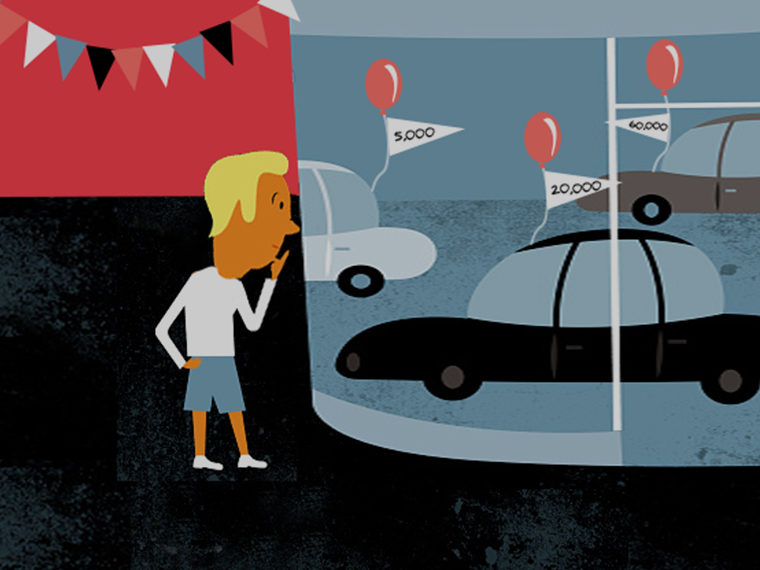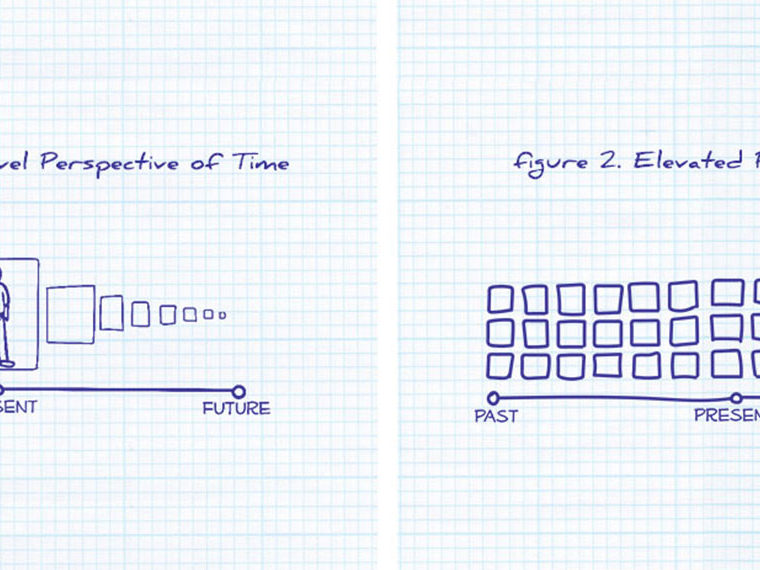Research by Bruce Carlin and Stephen Spiller suggests YouTube videos could help consumers make better money decisions
How to make a brief video that can meaningfully boost Americans’ financial literacy: Present a focused message, but don’t just discuss good ideas — show how to take specific action. Inform, but don’t be too clever or preachy. And beware: misleading online advertising could dilute your message.
That’s the gist of a paper forthcoming in Management Science by UCLA Anderson’s Bruce I. Carlin, Li Jiang (a former Ph.D. student) and Stephen A. Spiller.
The authors note that YouTube has become a “major outlet for self-education,” with a 2013 study showing 50 percent of adult internet users watched educational videos and 30 percent posted educational or tutorial videos of their own. Many millennials have fully embraced online video for information. More U.S. adults ages 18 to 34 tune in to YouTube monthly than any individual cable network.
Opt In to the Review Monthly Email Update.
But posting an educational video doesn’t guarantee it will be watched, let alone shared. So the authors set out to find a video formula that would get results. They made their own videos on evaluating credit cards, a market known for “hidden fees and price complexity,” their paper notes.
Video Animation by Zachary Aufdemberg
The two videos, each about two minutes, are cartoons in which a TV viewer uses a “magic remote” to uncover hidden messages while watching a credit card commercial. Both versions contain three main messages: 1) beware of card fees; 2) a “fixed” interest rate may not prevent the rate from changing; and 3) a card with “no preset spending limit” will still have an overall limit, and exceeding it will likely trigger fees. Both videos also asked viewers to choose one of four credit cards presented, with links to show pricing and other terms.
How the videos differed: The baseline version was purely informational, as per above. The second version was the baseline plus an additional segment that included both a summary of the three main messages and “how-to” advice on where to find those subjects in a typical card pricing-and-terms pamphlet.
The authors tweaked the experience in one more way: At the time of choice, some viewers also saw what the authors termed “distracting” ads, meaning ads describing features of each of the four cards offered (such as “no annual membership fee”) that all four shared. In other words, the ads offered no true differentiating information.
The videos were viewed by a total of 1,603 people ranging in age from 18 to 80 across all income levels. Nearly 75 percent already had at least one credit card. What the study found:
- The number of people making the wisest choice of card (based on its interest rate, fees and credit limit) rose sharply in the case of the video with the “how-to” advice segment added. With that version, the best card was picked by 65 percent of viewers, versus 43 percent in the case of the baseline video. That leap strongly suggests that video information “must be interpretable and implementable” to be of greatest use to consumers, the study says. “Merely presenting the information in an engaging format is not sufficient.”
- Viewers who also saw the distracting ads were less likely to pick the best card than viewers who did not. The distracting ads “crowded out” consumers’ ability to digest important information, the paper says. “This implies that distracting advertisements may be a cause of why the majority of consumers in credit card markets fail to remember the terms of their agreements.”
- Finally, when participants were asked about the videos’ usefulness, the version with the how-to instructions was rated “substantially more useful than the baseline video,” the study says. Yet when participants were asked whether they’d share the videos via their social networks, they were only “slightly more likely” to share the how-to video than the baseline version.
That points up a “fundamental problem for encouraging good financial decisions through social media,” the authors say: It can be a challenge to devise a message interesting enough to trigger the urge to share it. “The very videos that have the greatest potential to increase decision quality may also be the ones that are the least shareable if they are not compelling” or if they are viewed as preachy, the study says.
Nonetheless, the authors say, “To the extent regulatory agencies (e.g., the Consumer Financial Protection Bureau) and nonprofits (e.g., the National Endowment for Financial Education) are interested in taking preventative steps to reduce poor financial decisions, this research suggests a powerful channel” in online video.
Featured Faculty
-
Bruce Carlin
Professor Emeritus of Finance
-
Stephen Spiller
Associate Professor of Marketing and Behavioral Decision Making
About the Research
Carlin, B., Jiang, L., & Spiller, S. (2017). Millennial-style learning: Search intensity, decision-making and information-sharing. Management Science. Advance online publication. doi: 10.1287/mnsc.2016.2689






